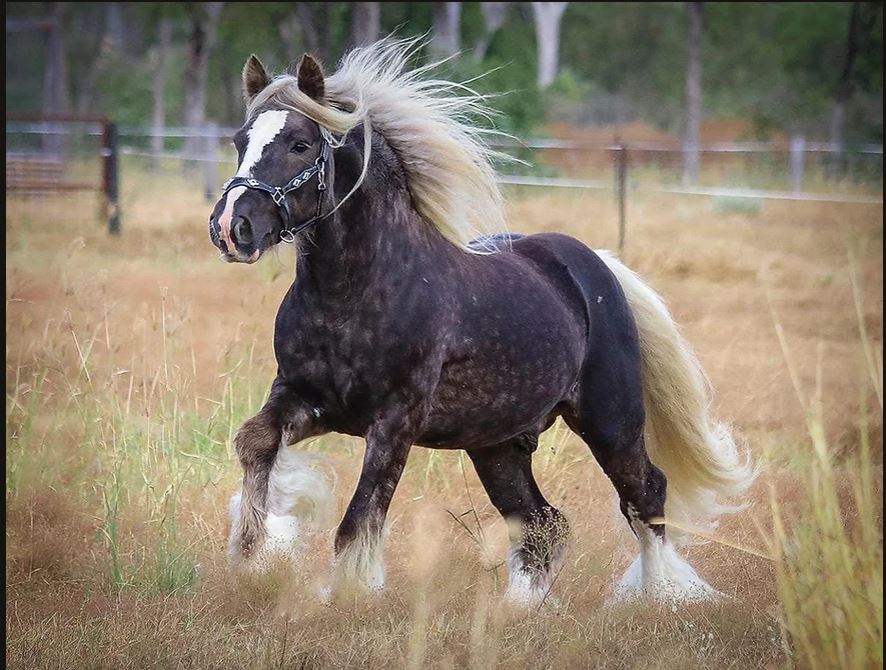January 23rd, 2023Glen, about the house…
Some like it cool
La Niña! I can scarcely say the name without bringing to mind the devastation and despair it brought to so many these past months. But for the rest of us the cooler introduction to summer, not to mention the soaking rains has meant that many cool climate plants will not only survive, but will thrive for another year.

One beautiful, but extremely heat-sensitive plant group, is the spectacular hydrangea. These are sappy-wooded shrubs that should never be allowed to dry out when in flower.
Given the right conditions they will thrive with little need for attention – cool and shady with protection from direct sunlight, especially on hot afternoons. First hot sunny day with or without loads of water and you’ll have a mass of floppy wilting leaves, and bleached flower heads. Rich, loamy soil, with an addition of well-rotted compost and good drainage will ensure healthy plants and loads of flowers.
The natural colours of hydrangeas range from white, pink and red when grown in alkaline soils, but if planted into naturally acid soils, such as those of volcanic soil, the flowers will be turned to shades of blue. Their natural colour will determine whether they will be pale lavender or deep purple. If you have alkaline soil you can alter the shades with alum powder or copper filings sprinkled next to the roots.
Sometime in the 1850s my great-grandfather Ernst Heyne planted a pink hydrangea in a sunken copper in the old family home garden. It was still there in the 1950s, a massive multi-coloured shrub ranging from dark pink at the centre through various shades of mauve and blue then back to pinks, dependant on the roots’ proximity to the copper.
This would more than likely explain the cause the variance of colours of the blooms on the massive hydrangea pictured right. It would indicate that the mass of roots have discovered several sources of different minerals in the soil. Not too surprising considering the plant was growing alongside a very old building in Ballarat.
Hydrangea flowers are great for cutting for indoors. They last quite well providing they’re treated first. The stem ends should be crushed or scalded and the flowers left to stand in a deep bucket of water for several hours before placing in a vase.
A teaspoonful of alum or a patent flower-keeping powder placed in the water will ensure long-lasting blooms.
Cool, clear water
Experts tell us that the population of the world will be ultimately limited not by land mass and other demands of civilisation, but by the amount of water available for food production.
We use water in our homes, gardens and industries, and there are many ways in which we strive to cut down consumption in these fields. But the problem is that the amount of water used in these ways is almost negligible compared with the water used by plants and animals in the production of food.
Although it may take 500 litres of water a day for industrial and domestic purposes per person it takes up to 50 times that amount for the foodstuffs in the daily diet of each person each day.
For a start, a normal loaf of bread requires more than 2000 litres of water for the plants that produced the grain.
For a single egg some 800 litres are needed, starting with the production of the poultry food and the needs of the hen up until the egg is laid…and so on.
We may not have to worry about the problem of not enough water to produce our food but our grandchildren certainly might. Time to plan ahead!
Got a gardening query? Email glenzgarden@gmail.com










